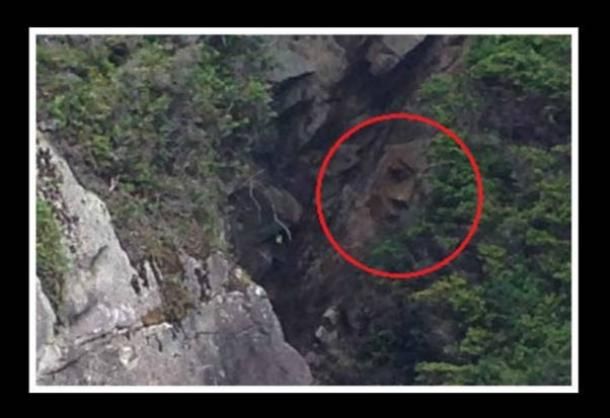Man Discovers Mysterious ‘Face’ On Canada Cliffside After 2-Year Search
According to Parks Canada, a man from whom he has searched for the face for over two years recently rediscovered a mysterious large face on the cliff of one Island inside the Pacific Rim National Park Reserve.
Hank Gus from the First Nation of Tseshaht, an Aboriginal tribe in the area, learnt about the face of the rocks in Reeks Island, part of Broken Group Islands for the first time.
2 years ago, when someone told him a kayaking tourist spotted the face in 2008, said Parks Canada First Nations program manager Matthew Payne. He added that Gus was not able to find the face until just a few weeks ago.

“Gus and some Tseshaht beach keepers recently discovered it a few weeks ago, and they were very excited to share it with us and the archaeologist we work with,” Payne told ABC News today. “We went out to see it recently, and it’s remarkable. It really is a face staring back at you.”
The face, believed to be about 7 feet tall, is similar to a wooden carving on the door of the Tseshaht administration office, Payne said.
“The Tseshaht has lived in the area for thousands of years, so we’re working with the First Nations to find out if there are any oral histories the face could link back to,” he added.
Now the Tseshaht First Nation and Parks Canada are trying to figure out if the face is a man-made or natural marvel, he said.
“Mother Nature is capable of creating all sorts of amazing things, though the face is very striking,” Payne said. “But we still can’t definitively say if the face is man made or not.”
Though the Tseshaht and Parks Canada would like to examine the face up close, the face’s cliff is treacherous, he said.
“The island has a rocky shoreline with lots of hidden rocks, and it can be dangerous, depending on sea conditions,” he said. “You need to know what you’re doing to go and look at it.”
The Tseshaht First Nation did not immediately respond to ABC News’ requests for additional information.
